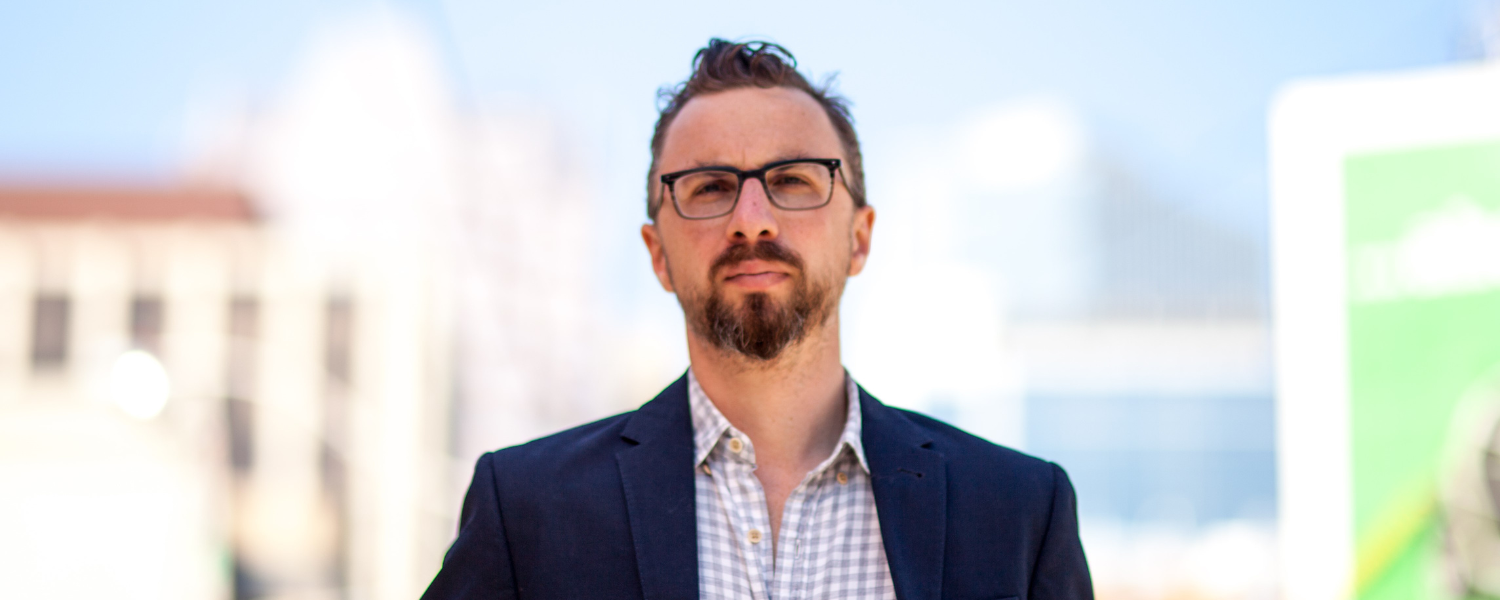From the St. Michael’s Foundation
Dr. Dan Werb is an epidemiologist, a policy analyst and the winner of the prestigious Hilary Weston Writers’ Trust Prize for Nonfiction for his latest book, The Invisible Siege: The Rise of Coronaviruses and the Search for a Cure. We talked to Dr. Werb, who is also the executive director of the Centre on Drug Policy Evaluation at St. Michael’s MAP Centre for Urban Health Solutions.
What was it like winning the Writers’ Trust Prize for The Invisible Siege and, before that, being shortlisted for a 2019 Governor General’s Award for The City of Omens: A Search for the Missing Women of the Borderlands?
Winning the Writers’ Trust Prize was a complete and utter shock; I was absolutely convinced that there were other, more worthy books. Being nominated for the Governor General’s Award was such an honour, but very unexpected, too, because the book had an American publisher, and I didn’t know whether anyone in Canada was really paying attention to it.
How challenging was it writing about COVID-19 while in the throes of the pandemic, when there was such a lack of global vaccine distribution?
I’m an epidemiologist, not a virologist, so I must admit that when the pandemic happened, I didn’t know what a coronavirus was other than it was related to the 2002 SARS virus. I approached the book as a way to put boundaries on my own anxiety and dread. But I knew the stakes of getting the story of COVID-19 right.
On the one hand, I was writing a piece of entertainment. On the other, I was offering a real account of what happened, and conveying the illness and loss we all experienced. Meanwhile, I was frustrated by the number of people succumbing to the virus simply because market forces precluded vaccines from being distributed to under-resourced countries.
The best ways to stop people from getting infected and dying are blanketing the world with vaccines and making sure populations, everywhere, are immunized.
Yet, there’s an air of hope to The Invisible Siege.
I set myself the task of telling readers about the science, which didn’t suddenly emerge the day the virus appeared. I focused on the early days of coronavirus research, decades ago, and its long trajectory leading to this pandemic—how we were able to create protections and blunt the force of whatever coronavirus showed up next. That’s what fills me with such hope: our capacity to deal with future virulent threats.
How can we prepare for future public health crises through what you describe as the “epidemic triangle”?
There are basically three pieces to prevention: biomedical, structural and community resilience.
The first is addressing viruses as families rather than as individual strains, and focusing on broad-based vaccines and treatments instead of individual ones.
Structural prevention, which may be the hardest, is recognizing and reversing the damage that deforestation and displacement of wild animals has brought—the ‘spillover events’ causing epidemic pathogens.
And community resilience is about acting quickly and locally to curb the outbreak of the virus. That means imposing effective public health measures and isolating people who are sick.
You also do a lot of work around public health interventions for the marginalized drug-using population at MAP Centre for Urban Health Solutions. You talk about coming up with “non-judgmental solutions” for those who use drugs and whose lives can be cut short by accidental overdose.
We’re in the midst of an overdose mortality epidemic, which has claimed about as many lives as COVID-19 over the past seven years. But unlike the case of the virus, the numbers are going up, not down, and the victims of this epidemic are overwhelmingly young people. So, there’s a real urgency to find many different ways to address this problem, such as reassessing how to control drugs and drug use, moving progressive drug policies forward and advancing life-saving interventions. If you’re a donor, you can make a massive difference in this space because there’s so much to do.

